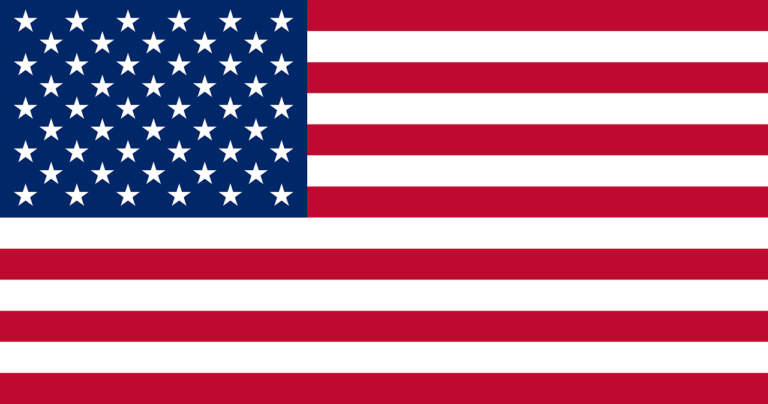We will embark on a visual journey through the captivating flag of Canada, exploring its symbolism, historical significance, and cultural importance.
Flags hold a special place in a nation’s identity, serving as powerful symbols of history, culture, and unity. In the vast and diverse land of Canada, the country proudly waves its national flag, representing its rich heritage, unity, and the spirit of its people.
 |
| Aspect | Information |
|---|---|
| Name | Flag of Canada |
| Design | A red field with a white square in the center, featuring a red, 11-pointed maple leaf |
| Colors | Red, white |
| RGB Values | Red: 186, 12, 47; White: 255, 255, 255 |
| Hex Codes | Red: #BA0C2F; White: #FFFFFF |
| Proportions | Ratio of width to length: 1:2 |
| Design History | Officially adopted on February 15, 1965 |
| Symbolism | The red field represents Canada’s history and sacrifice, while the white square symbolizes peace and honesty. The red maple leaf is a national symbol and represents Canada’s natural resources and cultural heritage. |
| National Flag Day | February 15th |
The National Flag of Canada:
The national flag of Canada, known as the “Canadian Flag” or “Maple Leaf Flag,” features a vertical red field with a white square at the hoist side. In the center of the white square, there is a red, stylized 11-pointed maple leaf. The design of the Canadian flag holds deep symbolism, representing the country’s history, values, and natural beauty.
Symbolism and Meaning:
- The Maple Leaf: A Symbol of Canadian Identity: The most prominent feature of the Canadian flag is the single, stylized red maple leaf centered on a white square, flanked by two red bars. The maple leaf has been associated with Canada for centuries, even before the country’s official inception. It represents the natural beauty of Canada’s landscape and its abundance of maple trees, particularly the sugar maple.
- Unity and Diversity: The red and white colors of the Canadian flag hold deep meaning for the country. The white background symbolizes peace, purity, and neutrality, reflecting Canada’s reputation as a peaceful nation. Red, on the other hand, represents courage, resilience, and vitality. Together, these colors convey the unity and harmony of Canadians, regardless of their diverse backgrounds and origins.
- National Identity and Independence: The adoption of the Maple Leaf flag in 1965 marked a significant moment in Canada’s history, solidifying its identity as a sovereign nation. Before that, Canada used the Red Ensign, which featured the Union Jack and the Canadian coat of arms. The decision to create a distinctive flag emphasized Canada’s growing independence and desire to establish its unique national identity.
- Values of Peace, Freedom, and Democracy: The Canadian flag embodies the core values that define the nation. Peace, freedom, and democracy are fundamental principles that Canadians hold dear.
Historical Significance:
The current design of the Canadian flag was officially adopted on February 15, 1965, after several years of debate and discussion. The flag represents the ideals of unity, diversity, and values that define Canada as a nation. It serves as a powerful symbol of the nation’s identity and its commitment to peace, justice, and inclusivity.
Cultural Importance and Unity:
The Canadian flag is a symbol of national pride, unity, and identity. It is proudly displayed during national holidays, sporting events, and cultural celebrations, evoking a sense of patriotism and solidarity among the Canadian people. The flag represents the shared values, traditions, and history that bind the diverse Canadian population together.
Variations of the Canadian Flag:
While the national flag remains consistent across Canada, there are various provincial and territorial flags that represent the different regions and territories within the country. These flags often incorporate local symbols, colors, or emblems that reflect the unique identity and heritage of each province or territory. They showcase the cultural diversity and regional pride that flourishes within Canada.
The national flag of Canada, with its vibrant red field and the iconic stylized maple leaf, stands as a cherished symbol of the nation’s history, unity, and aspirations. It represents Canada’s natural beauty, rich cultural heritage, and the indomitable spirit of its people. As Canada continues to shape its future, the flag will remain a proud emblem, reminding its citizens of their shared heritage, values, and the incredible diversity that makes Canada a truly remarkable nation.
